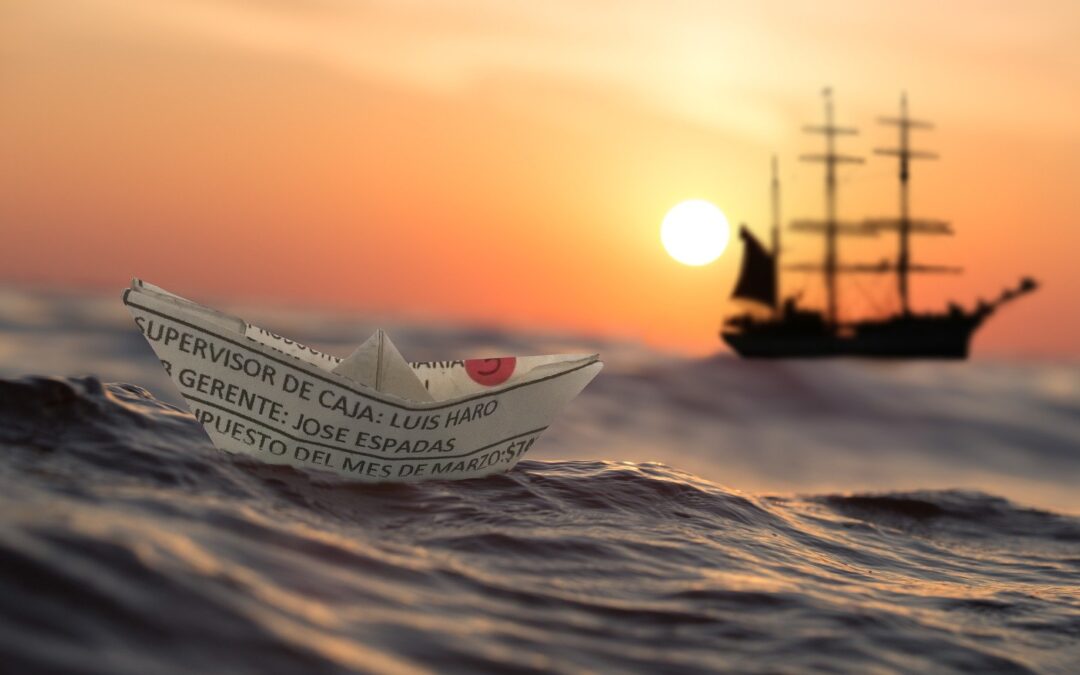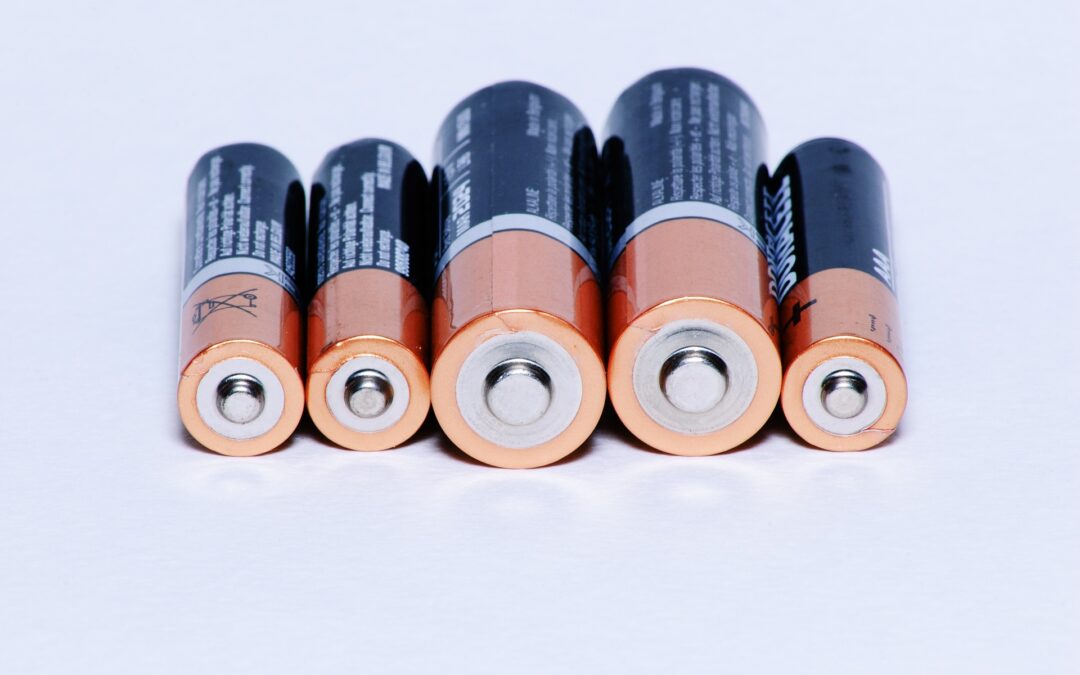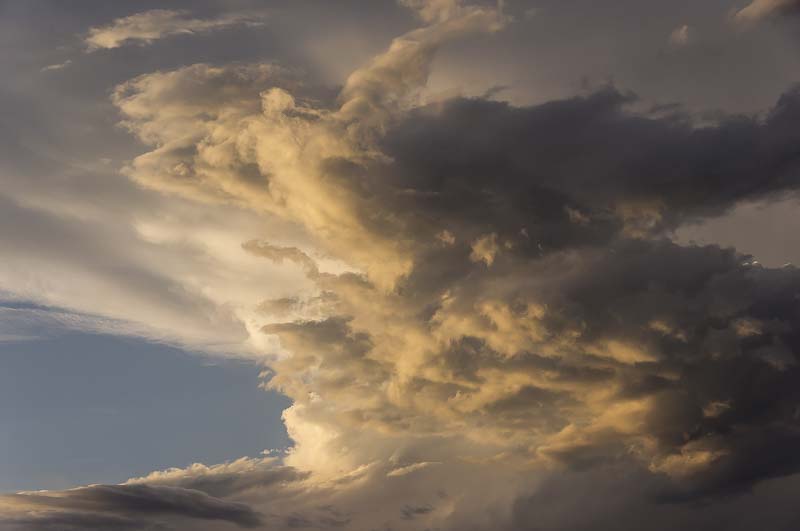Compass Science Projects
Make a Compass
You can make your own simple compass using household items.
What You Need:
- Sewing needle
- Bar magnet
- Thin piece of cork or wine cork
- Nonmetallic bowl
- Water
1. First, magnetize a needle by stroking a bar magnet several times from the needle’s eye to its tip. Don’t rub the magnet back and forth across the needle. Once your needle is magnetized, stick it lengthwise through a thin piece of cork (use the top 1/8-inch of a wine cork, if you have one).
2. Set the cork and needle in a nonmetallic bowl of water, and watch what happens. The needle should turn so that it faces in a north-south direction. If you have another compass, use it to check the accuracy of your magnetized needle.
Orienteering Study
You can use a homemade compass, or a regular one, to combine an orienteering activity with a nature study. This is a fun opportunity for the whole family to learn how to find directions and draw a simple map and at the same time observe flora and fauna (plants and animals). If you live within easy traveling distance of a forest or a grassy area along the ocean or a lake, that place would be ideal for this project. However, it can also work in a city park or a backyard.
1. Find an area that you would like to work with. Use a compass to find magnetic north, which will be accurate enough for this project.
2. Once you’ve found the right direction, mark off a square with sides ten paces long: mark the starting point and go ten paces due north, then ten to the east, ten south, and ten paces west, using sticks or rocks to mark the corners.
3. Use guidebooks to identify the plants within the square (younger children might do best just identifying trees, while older children would enjoy the challenge of trying to identify all of the plants in the square, as well as any animal tracks or droppings).
4. Record all of your findings on a map, making sure to mark the directions and represent the square. Mark any highlights or information you would like to remember.
Compass Science Lessons
Finding Your Way With a Compass
Have you ever gotten lost in the outdoors, or had trouble finding your way with a map? Do you and your children know how to use a compass to find your way? In many situations, compasses are essential for finding direction.
Compasses measure direction in degrees, which on a compass increase clockwise; East is at 90 degrees, South at 180, West at 270, and North at 360 or 0 degrees. If you plan to use a compass frequently, we suggest you have an orienteering compass. These are accurate and easy to use, without being too expensive. Use your compass to find the bearing, or location of a direction in degrees, of a landmark (such as a large tree, a building, or mountain). If you have an orienteering compass, point the arrow on the base plate toward the landmark. Then turn the dial of the compass until North is aligned with the red tip of the compass needle. The end of the arrow will be pointing to a number in degrees on the dial; this is the bearing for the landmark.
Compass needles are magnetized, so that one end will always point to magnetic north. There’s more to ‘north’ than you might know about, though! Besides magnetic north (the magnetic north pole) there is ‘true’ or geographical north. Maps are drawn so that any bearing taken from them is based on true north and is therefore a true bearing. But here’s where the tricky part comes in: compass needles point to magnetic north, which does not match up with true north. Because of this, if you use a map to find your bearing you will need to calculate declination.
Declination is the angle between true north and magnetic north. Whatever map you’re using should tell the declination for that area in degrees. There is an imaginary line running through true north and magnetic north, so that the declination along this line is at zero; it is called the agonic line. If you are to the west of this line, in the western United States, then the compass needle leans slightly too far east, to the magnetic north pole. The declination should be subtracted from the true bearing of the map, in order to find the bearing you should use with your compass. Thus, if you calculate a bearing of 290 degrees from a map and the declination is 12 degrees, you will need to subtract the declination to get the magnetic bearing (278 degrees) to use with your compass. If you are on the other side of the agonic line, in the eastern United States, so that your needle points too far to the west, you will need to add the declination to get your compass bearing. Washington and Maine have the highest declination in the U.S., both at 20 degrees. The agonic line runs approximately from Wisconsin through the tip of Florida.
Nighttime Navigation
Did you know that you can use the stars to tell directions at night? The North Star, or Polaris, is usually within 1-2 degrees east or west of true north. Polaris is at the top of the handle of the Little Dipper, a constellation that is easy to find in the Northern Hemisphere.
You can also use the North Star to determine latitude in the Northern Hemisphere. Use an astrolabe, used to determine the altitude of objects above the horizon, to find your latitude. You can make your own simple astrolabe using a protractor, plastic straw, 12-inch piece of string, and a metal weight (a small bolt or a washer works well). Tie one end of the string to the hole in the middle of your protractor. (If there is not a hole, drill one in the center of the flat-edged piece on the protractor.) Attach the weight to the other end of the string. Now, tape the straw along the flat edge of the protractor.
Locate Polaris, then use your astrolabe to find its altitude. Sight the star through the straw and note what degree the string lines up at on the protractor. (Read the inner set of numbers, from 0-90 degrees.) This number is the zenith angle. To find the altitude angle, subtract the zenith angle from 90 degrees. This number will be the same as, or very close to, the latitude at your sighting location.
For around two thousand years now, people have been using astrolabes for navigation. The Greeks are credited with inventing the instrument. Moslems were using astrolabes by the eighth century, and in 1381 the English author Geoffrey Chaucer wrote a Treatise on the Astrolabe. But the astrolabe’s heyday was in the navigational boom of the 1400 and 1500s. Now the Global Positioning System has eliminated the need for navigation by the stars, except perhaps in emergency situations, but it is still an interesting skill to know.
Noteworthy Scientist: Nathaniel Bowditch (1773-1838)
If you’ve read Jean Lee Latham’s historical novel Carry On, Mr. Bowditch, then you probably are already familiar with the amazing mathematician Nathaniel Bowditch. Whether you have a long acquaintance with Bowditch, or are just hearing of him for the first time, we hope this sparks your interest in and appreciation for science!
Bowditch was born in the coast town of Salem, Massachusetts, just before the American War for Independence. His formal education ended at the age of ten, when he began to work for his father, a cooper (one who makes and mends wooden barrels). In 1785, he became an apprentice clerk in a ship’s chandler shop (which provided supplies and provisions for ships). He made time to study during his apprenticeship, however: perhaps the most notable thing about Bowditch is his appetite for learning. He taught himself algebra, and then calculus and Latin so that he could read Isaac Newton’s Principia. The library in Salem had Irish scientist Richard Kirwan’s personal collection of books, which had been captured en route between Ireland and England by an American privateer.
Beginning in 1795, Bowditch made several voyages on merchant ships, and in 1802 he sailed in command of a ship of which he was a joint owner. Bowditch used any available time onboard to continue his studies, which included French by this time. In 1798 he married Elizabeth Boardman, who died a few months later while he was at sea. Two years later he married his cousin Mary Ingersoll, and together they had eight children.
Bowditch worked mathematical problems for the fun of it. He checked and corrected the equations in John Hamilton Moore’s Practical Navigator, in preparation for publishing the first American edition of the work. Based on all of the corrections and changes he made through several editions of Moore’s book, he was able to publish his own work, the New American Practical Navigator, in 1802. Through the rest of his life he published scholarly articles in American and European journals, and gained international fame. Several colleges, Harvard and West Point among them, offered him positions in mathematics and science; instead, he continued to work for the Essex Fire and Marine Insurance Company in Salem. He was elected to the American Philosophical Society and the Royal Societies in London and Edinburgh.
Science Words
Cartography is the art or skill of making maps and charts. The first part of the word comes from French and Latin, carte, for ‘map’ plus the Greek for ‘writing’.
The name for the sextant, a tool used to find latitude and longitude using the positions of celestial objects, comes from the Latin word meaning ‘sixth part’; the sextant measures up to 60 degrees, or 1/6 of a circle. A similar tool, the quadrant, measures 90 degrees or 1/4 of a circle; its name is derived from the Latin for ‘fourth part’.
Double, in navigational terms, means to ‘sail around’; instead of sailing around the Cape of Good Hope, a sailor ‘doubles’ it. A cape is a point of land which juts out into a body of water; it comes from the word for ‘head’ in French and Latin.





